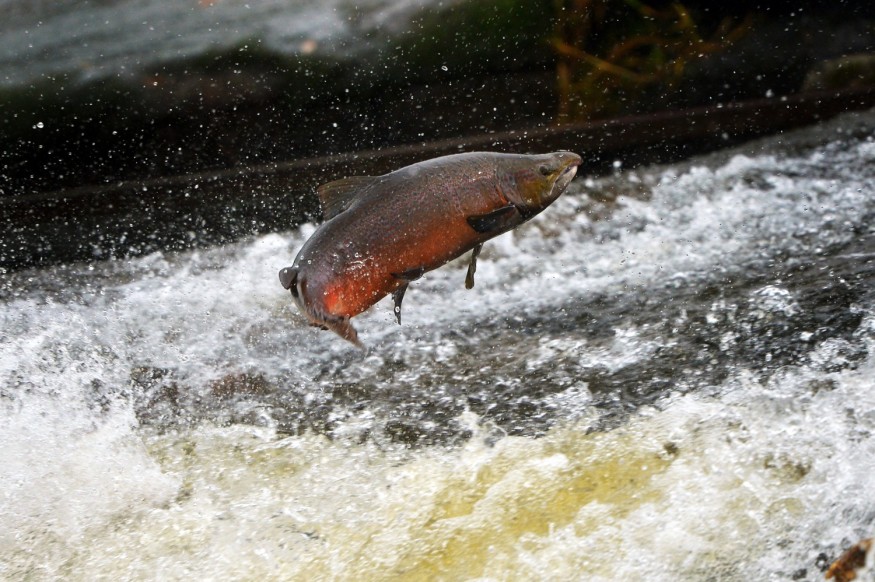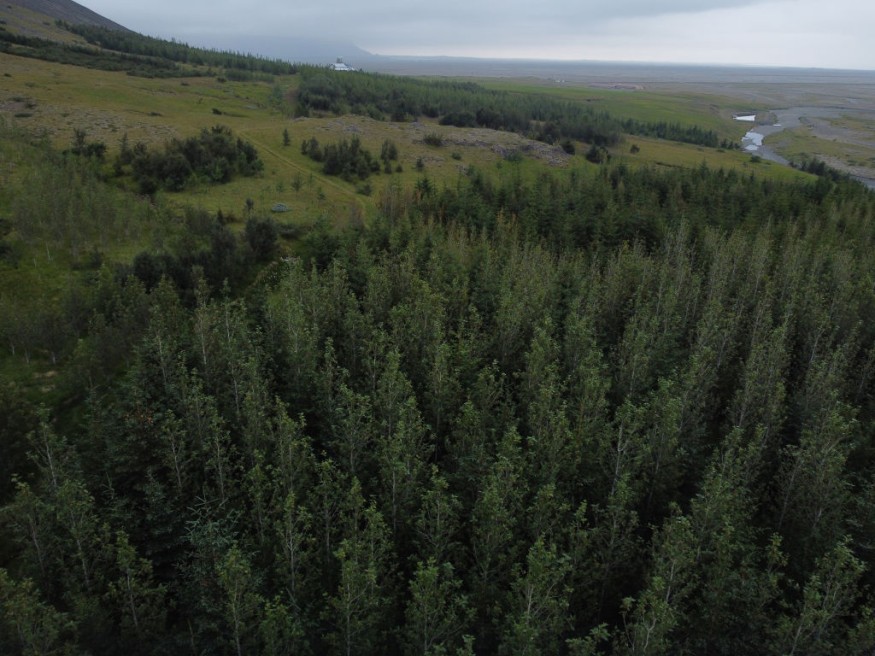As the water temperature rises due to climate change, Scotland is making an initiative to ensure the survival of their wild salmon. The Board and Trust and fisheries of River Dee are planning on planting millions of trees along rivers of Scotland to save wild salmon from the effects of climate change.
Putting more pressure on these cold-water fish, Scotland's rivers are becoming too warm in the summer for wild salmon to reproduce. These wild salmons prefer 10°C (50°F) of water temperature and cannot survive 33°C (91.4°F) of water heat.
In 2018, fisheries noted the lowest catch of salmon, when water temperatures for about 70% of rivers reached a temperature of 23°C (73.4°F), causing stress and behavioral change for the fish at least one day of summer that year as per EcoWatch.

Atlantic salmon, a coldwater species prefer such temperatures above 10°C but they cannot withstand temperatures at 33°C. Also, Marine Scotland scientists found out that only 35% of Scotland's rivers have an adequate tree cover.
The river director for the Dee District Salmon Fishery Board, Lorraine Hawkins said that those rivers and burns are the nursery grounds for young fish, and those young fish are mostly affected by the summertime temperatures also their feeding and growth rates will be affected according to The Guardian.
Trees will reduce effects of climate change
Fishery boards across Scotland have similar tree-planting programs, to provide essential shade to lower water temperatures. Many of them will be fenced off to prevent the saplings from being eaten by animals like deer. These projects improved the overall health and biodiversity of rivers across the uplands, increasing insect life, leaf fall, managing essential nutrients, and flood control as per The Guardian
According to EcoWatch, Juniper, Aspen, Birch, Willow, and Scots pine are the trees included in the planting program with over a million trees planning of planting by 2035 in the area of River Dee and its tributaries.

Last 2013, the River Dee Board and Trust has planted over 250,000 saplings in Aberdeenshire which is the county's most famous salmon fishing river's key tributaries.
The director of Fisheries Management Scotland, an industry body Allan Wells said that they've seen situations where the temperatures in their rivers are approaching critical levels for their salmon, temperatures that they can't tolerate. It is getting worse, and they need to grow trees now to create that cooling shade.
Salmon as protected species in Scotland
The dramatic decrease in numbers in wild salmon is due to numerous factors: climate change affecting food availability; weirs and other obstructions in rivers; predation by soaring seal populations; sea lice attracted by fish farms, and poor river quality.
Wells said that while Scottish ministers were proposing new conservation strategies, he remained frustrated with the slow pace of change.
Wild salmon are considered protected in Scotland, they are considered as threatened/declining species in the list of OSPAR and Scottish Biodiversity List.
In addition to the tree planting initiated by the Scotland River Dee Board and Trust, the Sottish government has laid out an Action plan to protect the numbers of salmon by improving their water quality, controlling and preventing invasive species, and working with international partners to save Atlantic salmon the other marine species found. as per EcoWatch
© 2025 NatureWorldNews.com All rights reserved. Do not reproduce without permission.





